Well hello there.
How can I help you?
We are BetterBot,
Multifamily’s leading
digital leasing agent
Error: Contact form not found.
Supercharge your leasing journey with BetterBot
Automating the Leasing Journey is our specialty
We integrate with your tech stack and leading Multifamily CRMs
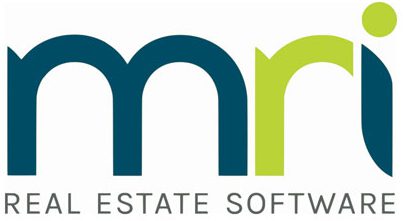





Our Multifamily Partners
Over 200 Property Management Companies use BetterBot to supercharge their leasing.

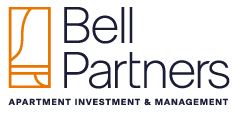



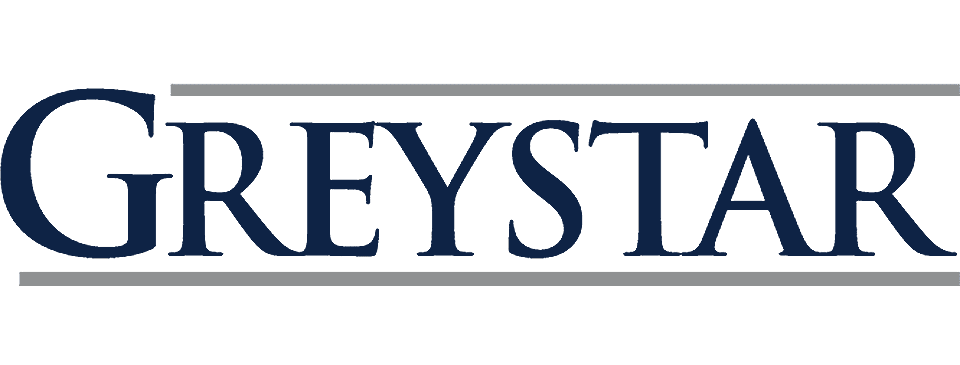

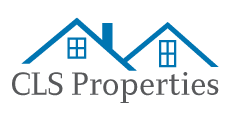






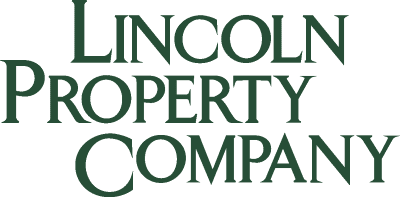




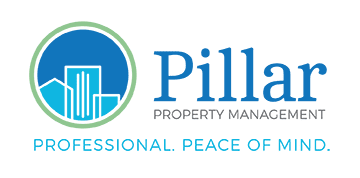

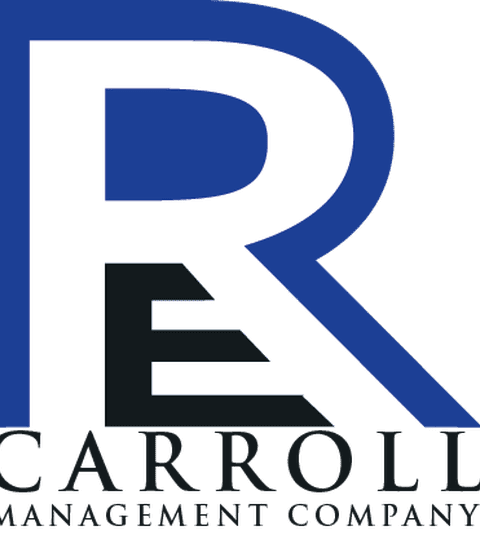
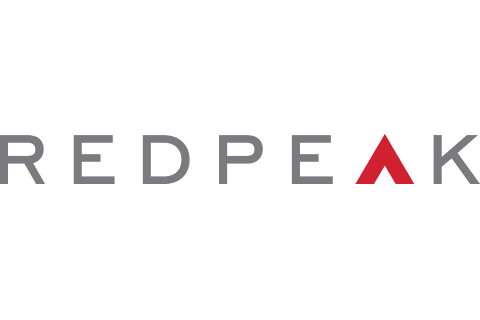




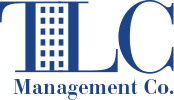


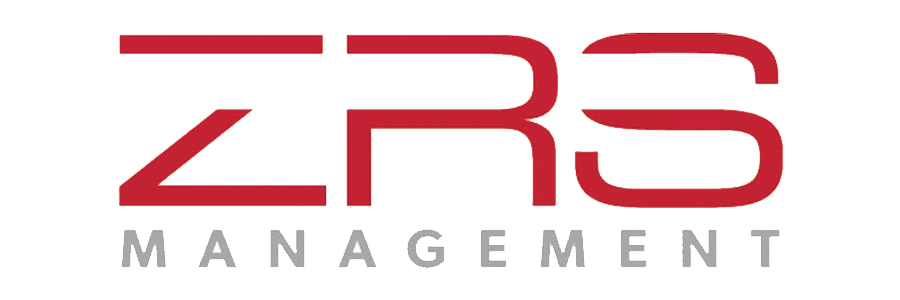

GatesHudson

Wasatch Premier Communities

Steadfast Management

LIVEbe Communities

Campus First Student Living

Rhapsody Property Management Services

CF Real Estate Services

Indigo Real Estate Services

P.B. Bell

Cushman & Wakefield

Paradigm

Scully

Lincoln Property Management
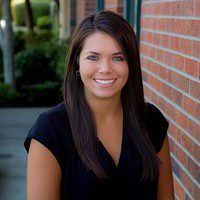
Pillar Properties
Crunching the numbers
BetterBot was built to save you time. We’ll let our numbers do the talking.
Engage with your
prospects Better
Studies show that real-time prospect engagement can boost conversions by up to 40%. So, when your prospect has a question, give them all the help they need.
The Property Management Chatbot
Stop forcing your prospects to come to you. BetterBot’s inserts you into the conversations when and where it matters most.

24/7 Prospect Engagement
The leasing agent that never sleeps. Over 56% of your website traffic happens after your office closes.

Fully Customizable
You want pickles on that? How about a funky hat? We make it how you like it.

Effortless Onboarding
From start to launch, our bots come fully trained and ready to go in 3 days or less.

Improved Lead Quality
45% of all inquiries to the property are just asking for more information. Let us handle it.

Multi-Lingual
Our bot is multi-lingual, so you can communicate with all your prospects.

Countless Integrations
Connect to any marketing solution, PMS, CRM and any aspect of your tech stack.
The BetterBlog

In the multifamily housing industry, time is of the essence. Property managers and leasing agents often find themselves inundated with tasks, leaving little room for the crucial process of qualifying prospects. However, with the right tools and automation, you can streamline pre-qualification and attract the best tenants for your properties. Here, we explore several techniques that can revolutionize your approach to prospect qualification.
Rental Requirement Features
Implementing clear rental requirement features on your website and listing platforms can significantly reduce the time spent on unqualified leads. By prominently displaying income requirements, credit score minimums, and pet policies, you can filter out prospects who still need to meet your criteria before applying. This ensures that the leads you receive are more likely viable, saving you valuable time and resources.
Automation for Pre-Qualification
Automating the pre-qualification process can transform how you manage incoming leads. Automation can help speed up the process by taking care of monotonous tasks. This can include verifying income, employment status, and rental history. When a lead reaches your leasing team, they have already been pre-screened, allowing for more efficient and focused follow-ups.
Featuring Eligibility Criteria
Transparency is key to attracting qualified prospects. Clearly outlining your eligibility criteria on your website and marketing materials can prevent misunderstandings and reduce the volume of unqualified applications. This includes not just financial requirements but also policies regarding co-signers, roommate arrangements, and any other criteria relevant to your community.
Keeping FAQs Up to Date
An up-to-date FAQ section is an invaluable resource for prospective tenants. By addressing common questions about rental requirements, application procedures, and community amenities, you can provide immediate answers and reduce the number of repetitive inquiries your team handles. This also enhances the prospect’s experience, as they can quickly find the information they need without waiting for a response.
Nurture Tools Prepared from the Back End
Effective lead nurturing is essential in the competitive multifamily market. Utilizing automation systems that integrate with your property management software can help you stay engaged with prospects throughout their decision-making process. Automated email campaigns, personalized follow-ups, and timely reminders can keep your community top-of-mind for potential tenants, guiding them from initial interest to lease signing.
Broad Industry Applications
While these tools benefit multifamily properties, their applications extend across the real estate industry. Whether you’re managing a large apartment complex or a smaller residential community, automation and clear communication can enhance your efficiency and improve the quality of your resident base.
Conclusion
In a fast-paced industry like multifamily housing, leveraging technology to qualify prospects is not just beneficial—it’s essential. By implementing rental requirement features, automation for pre-qualification, clear eligibility criteria, up-to-date FAQs, and robust nurture tools, you can streamline your operations and focus on what truly matters: creating a thriving community and providing exceptional service to your residents.
Next-Generation Marketing Strategies For CMOs

Dear CMOs, as stewards of multifamily operations, your mandate encompasses driving growth, fostering brand loyalty, and enriching resident experiences. In a landscape of rapid technological advancement, your role becomes increasingly pivotal in navigating the convergence of staffing optimization and automation tools. Let’s explore innovative strategies tailored to your discerning vision to maximize ROI in both areas.
Data-Driven Insights: Illuminating Pathways to Success
At the heart of effective decision-making lies data—both in staffing optimization and automation implementation. By harnessing advanced analytics and big data, CMOs can glean invaluable insights into staff performance, resource allocation, and resident engagement. Through meticulous tracking of ROI metrics, including cost per lead, leasing conversion rates, and resident retention, chief marketing officers can pinpoint areas for improvement and optimize staffing levels accordingly.
Hyper-Targeted Advertising: Precision in Action
Hyper-targeted advertising is the linchpin for maximizing ROI in staffing and automation endeavors. By leveraging data segmentation and audience profiling, CMOs can tailor marketing messages to resonate deeply with specific demographics, interests, and preferences. Whether deploying targeted ads to attract prospective employees or reaching out to renters with personalized content, hyper-targeted advertising ensures every marketing dollar is spent with precision and purpose.
Virtual Tours and Augmented Reality: Enhancing Accessibility
Virtual tours and augmented reality offer a compelling solution for maximizing ROI in staffing and automation realms. By providing immersive virtual experiences, CMOs can streamline the leasing process, reduce staffing overhead, and enhance accessibility for prospective renters. Meanwhile, automation tools such as chatbots and AI-driven customer service platforms can augment staff capabilities, field inquiries, and provide personalized assistance around the clock, thus optimizing resource allocation and driving operational efficiency.
Community-Centric Content: Cultivating Engagement
Community-centric content is a linchpin for fostering engagement and driving ROI in multifamily operations. By amplifying resident testimonials, spotlighting community events, and sharing authentic narratives, CMOs can nurture a sense of belonging, strengthen brand loyalty, and drive resident retention. Meanwhile, community-centric content can attract top talent, showcasing the vibrant culture and inclusive environment fostered by automation tools and forward-thinking staffing practices.
In Conclusion: Pioneering the Path Forward
As the multifamily landscape continues to evolve, CMOs stand at the crest of innovation, tasked with maximizing ROI in staffing and automation. By embracing data-driven insights, hyper-targeted advertising, virtual tours, and community-centric content, CMOs can chart a course toward unparalleled success. With vision, agility, and a commitment to excellence, CMOs can drive growth, foster brand loyalty, and deliver exceptional resident experiences in multifamily operations.
Will Technology Replace People in Multifamily?

Welcome to a pivotal moment in the evolution of multifamily living. The question on many minds today is: will technology replace humans? It’s a valid concern in an era where automation is rising. Let’s delve deeper into this notion and uncover the truth, shedding light on how innovation isn’t about replacing humans but rather empowering them.
Dispelling Misconceptions
The fear of technology replacing humans in the workforce is nothing new, and with the advancement of this technology seemingly happening tenfold, the threat is looming just over the horizon. However, we often fail to recognize that technology isn’t a threat; it’s a tool that has the power to enhance human potential rather than diminish it. In the multifamily industry, this fear often manifests in concerns about automation taking over jobs traditionally held by property managers and leasing agents. But here’s the reality check: bots aren’t here to steal jobs; they’re here to amplify them.
A Shift in Perspective
Automation solutions aren’t designed to replace humans; they’re tailored to streamline processes, boost efficiency, and elevate the resident experience. Picture this: bots handle routine tasks like scheduling appointments, processing applications, and sending reminders, while property managers focus on building relationships, fostering community, and delivering personalized service. By leveraging automation, property management teams can reallocate their time and resources toward higher-value activities that require human creativity and empathy. For example, instead of spending hours manually inputting data or following up on routine inquiries, property managers can dedicate their energy to brainstorming innovative strategies for community engagement, organizing resident events, and addressing complex resident needs. This allows high performers to continue to reach their full potential without the stress that all the mundane tasks of multifamily add on.
Empathy in Automation
One of the most significant advancements in technology is the integration of empathy. Yes, you heard that right—bots can now be empathetic. Through AI-driven algorithms and large language models, the new technologies being implemented can understand and respond to residents’ needs with empathy and compassion. This human touch, combined with the efficiency of automation, creates a winning combination that enhances the resident experience while alleviating the burden on property management teams. Imagine a resident reaching out with a maintenance request late at night. Instead of waiting until morning for assistance, they receive an empathetic response from a bot that acknowledges their issue, provides reassurance, and sets expectations for resolution. This level of responsiveness and empathy fosters trust and satisfaction among residents, enhancing their overall perception of the property management team and the community.
Reclaiming Time
In the hustle and bustle of everyday life, time is our most precious commodity. And that’s where technology truly shines. By automating mundane tasks and streamlining workflows, property management teams reclaim their time and focus on what truly matters—building connections, driving innovation, and making a meaningful impact in their communities. Consider the countless hours spent on repetitive administrative tasks each week—hours that could be better invested in strategic planning, professional development, and proactive problem-solving. Property managers can break free from the cycle of busy work and take a more proactive approach to their roles, anticipating resident needs, identifying opportunities for improvement, and driving positive change within their communities.
In Conclusion
Will technology replace humans? The answer is simple: only when it benefits the people who work hard every day. Technology empowers humans to do what they do best—connect, empathize, and innovate. By embracing automation, we’re championing a future where humans and technology work hand in hand to reach our full potential.

Living in the post-pandemic era, while normalcy has largely been restored, it remains undeniable that the substantial reliance on technology witnessed during the pandemic persists. The multifamily sector has adeptly seized a period of adversity, leveraging it as a catalyst for embracing new methods that have transformed the industry like never before. This transition has granted property management teams access to invaluable data that was previously out of reach. However, maintaining organization and focus can pose a challenge amidst this influx of data. Here are our five essential multifamily metrics and KPIs that should be at the forefront of your attention. Regardless of the abundance of data at your disposal, prioritizing these metrics is crucial.
Occupancy and Vacancy Rates
Monitoring your current occupancy and vacancy rates is an imperative part of property management. This allows comparisons against competing units and the market average, typically around 95-96%. For instance, suppose your properties are operating at a 90% occupancy rate while nearby units consistently achieve the market average. In that case, it serves as a clear indicator of potential underperformance. This discrepancy suggests a need for intensified marketing efforts to attract and retain tenants, thereby optimizing occupancy levels and maximizing revenue potential. Conversely, outperforming competitors can be leveraged as a unique selling point for potential renters, as it instills confidence in potential tenants regarding the desirability and reliability of your accommodations, ultimately bolstering your property’s appeal in a competitive market landscape.
Lead-to-Lease Conversion Performance
Understanding lead-to-lease conversion timing is essential in the multifamily realm. Given the high-touch sales cycle of the leasing process, conversion timing varies significantly across regions and communities. By analyzing the performance and timing of each unit, you can refine and optimize your marketing strategies to expedite the cycle. Such analysis enables the identification of bottlenecks or inefficiencies within the conversion process, allowing for targeted refinements and optimizations. Whether it involves streamlining communication channels, fine-tuning advertising strategies, or enhancing the showcasing of property amenities, these optimizations aim to expedite the conversion cycle. Expediting the lead-to-lease conversion cycle enhances operational efficiency and maximizes revenue potential by minimizing vacancy periods and accelerating rental income streams.
Days to Lease
Every day, a unit remains vacant, which translates to potential revenue loss. Monitoring your average days to lease enables you to identify marketing gaps and pinpoint units that are challenging to fill. By meticulously tracking the average duration it takes to rent a unit, property management teams can effectively identify critical marketing gaps and isolate specific units that prove challenging to fill. This proactive approach allows targeted strategies to address underlying issues, potentially shortening the leasing cycle and minimizing revenue loss. Moreover, an extended days-to-lease cycle may signify external factors such as market decline or shifting renter preferences. Recognizing and responding to these macro-level dynamics is essential for maintaining competitiveness and adaptability within the multifamily industry.
Average Renter Lifetime Value
Understanding the average value each renter brings to your property extends beyond immediate revenue considerations; it serves as a cornerstone for comprehensive long-term planning. Property managers can refine their strategic outlook and optimize operational efficiency by discerning each renter’s precise contribution. Furthermore, efforts to mitigate renter turnover can be intensified through targeted initiatives to enhance the overall tenant experience. This might entail enhancing property amenities, streamlining communication channels, or offering incentives for lease renewals, all of which can foster stronger tenant loyalty and minimize vacancy periods. In essence, a nuanced comprehension of renter value informs strategic decision-making. It empowers property managers to cultivate enduring tenant relationships and fortify the financial sustainability of their multifamily assets over the long term.
Revenue Growth
Revenue growth stands as one of the most pivotal multifamily KPIs. It serves as a barometer for gauging business performance year over year. Utilizing other mentioned KPIs can provide deeper insights into overall growth trends. Understanding the average value each renter brings to your property extends beyond immediate revenue considerations; it serves as a cornerstone for comprehensive long-term planning. Property managers can refine their strategic outlook and optimize operational efficiency by discerning each renter’s precise contribution. In essence, a nuanced comprehension of renter value informs strategic decision-making. It empowers property managers to cultivate enduring tenant relationships and fortify the financial sustainability of their multifamily assets over the long term.
In Conclusion…
As the multifamily industry navigates the complexities of the post-pandemic landscape, it is imperative to recognize the enduring significance of technological integration and data-driven insights while managing multifamily properties. The transformative potential inherent in leveraging innovative methodologies has never been more apparent. By prioritizing key metrics such as occupancy rates, lead-to-lease conversion performance, days to lease, average renter lifetime value, and revenue growth, property management teams can wield a more informed and strategic approach to their operations.

In the multifamily housing industry, time is of the essence. Property managers and leasing agents often find themselves inundated with tasks, leaving little room for the crucial process of qualifying prospects. However, with the right tools and automation, you can streamline pre-qualification and attract the best tenants for your properties. Here, we explore several techniques that can revolutionize your approach to prospect qualification.
Rental Requirement Features
Implementing clear rental requirement features on your website and listing platforms can significantly reduce the time spent on unqualified leads. By prominently displaying income requirements, credit score minimums, and pet policies, you can filter out prospects who still need to meet your criteria before applying. This ensures that the leads you receive are more likely viable, saving you valuable time and resources.
Automation for Pre-Qualification
Automating the pre-qualification process can transform how you manage incoming leads. Automation can help speed up the process by taking care of monotonous tasks. This can include verifying income, employment status, and rental history. When a lead reaches your leasing team, they have already been pre-screened, allowing for more efficient and focused follow-ups.
Featuring Eligibility Criteria
Transparency is key to attracting qualified prospects. Clearly outlining your eligibility criteria on your website and marketing materials can prevent misunderstandings and reduce the volume of unqualified applications. This includes not just financial requirements but also policies regarding co-signers, roommate arrangements, and any other criteria relevant to your community.
Keeping FAQs Up to Date
An up-to-date FAQ section is an invaluable resource for prospective tenants. By addressing common questions about rental requirements, application procedures, and community amenities, you can provide immediate answers and reduce the number of repetitive inquiries your team handles. This also enhances the prospect’s experience, as they can quickly find the information they need without waiting for a response.
Nurture Tools Prepared from the Back End
Effective lead nurturing is essential in the competitive multifamily market. Utilizing automation systems that integrate with your property management software can help you stay engaged with prospects throughout their decision-making process. Automated email campaigns, personalized follow-ups, and timely reminders can keep your community top-of-mind for potential tenants, guiding them from initial interest to lease signing.
Broad Industry Applications
While these tools benefit multifamily properties, their applications extend across the real estate industry. Whether you’re managing a large apartment complex or a smaller residential community, automation and clear communication can enhance your efficiency and improve the quality of your resident base.
Conclusion
In a fast-paced industry like multifamily housing, leveraging technology to qualify prospects is not just beneficial—it’s essential. By implementing rental requirement features, automation for pre-qualification, clear eligibility criteria, up-to-date FAQs, and robust nurture tools, you can streamline your operations and focus on what truly matters: creating a thriving community and providing exceptional service to your residents.

Frequently Asked
Questions
Some description text for this item
Compare the features
Some description text for this item
| Basic | Startup | Enterprise | |
|---|---|---|---|
| Effortlessly run machine learning experiments | v | v | v |
| Supports all major machine learning frameworks | v | v | v |
| Data privacy | v | v | v |
| Deploy anywhere (e.g., bare metal, cloud) | v | v | v |
| Distributed training | v | v | v |
| Hyperparameter optimization | v | v | v |
| Powered by Kubernetes | v | v | v |
| Reproducible experiments | v | v | |
| Community support | v | v | |
| Share cluster within teams | v | v | |
| Unlimited users | v | ||
| Personal support | v | ||
| Tailor-made solutions | v |


